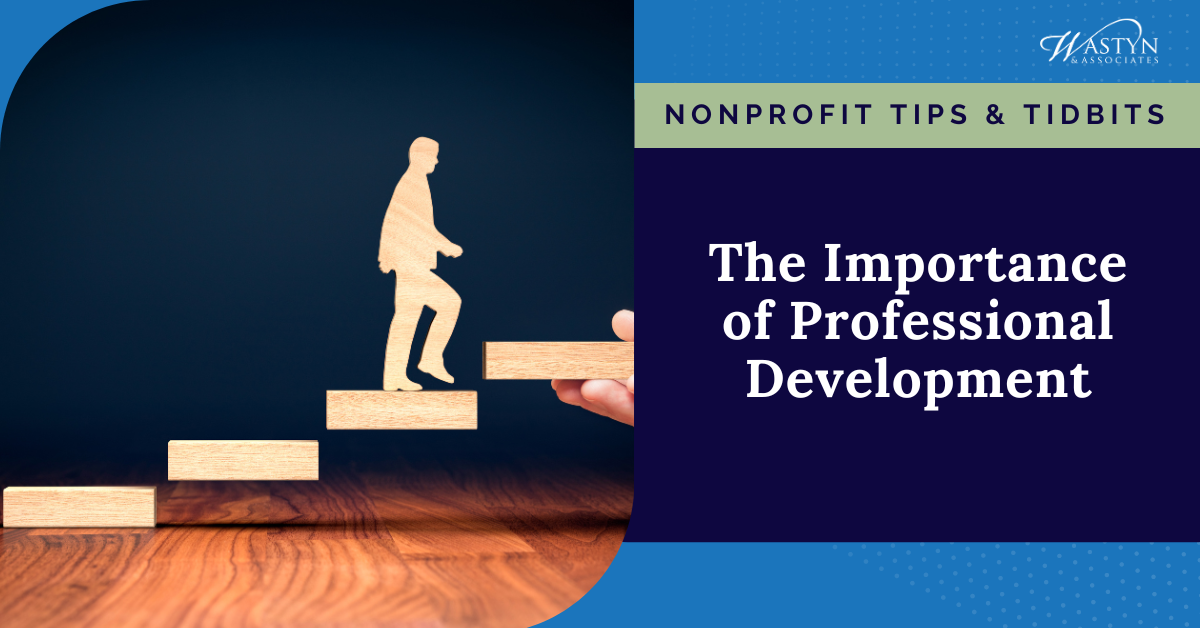Part 1: 4 Tips for Retaining Development Professionals
Part I: The Role of EDs and Board Members
A recent study conducted for the Chronicle of Philanthropy and Association of Fundraising Professionals. found that 51% of current development professionals plan to leave their job by 2021; nearly one-third plan to leave the profession.
Let that sink in for a minute. Across the country, HALF of the people responsible for raising the money on which many of our nonprofits rely for survival plan to leave their job in the next 18 months. This includes half of the people reading this blog post. Is it you?
Sadly, such poor retention rates have existed for years. Penelope Burk sounded the alarm back in 2013 with her research that resulted in the book Donor-Centered Leadership. Similar to Burk’s findings, respondents in the Chronicle survey cited lack of support, unrealistic goals, and lack of resources as reasons for their dissatisfaction with the profession.
Apparently, nonprofits and its leaders have not learned much in the last 6 years.
What can nonprofit executives and board members do to keep their development professionals? I offer four suggestions meant to overcome the objections spotlighted by the Chronicle study and Burk’s earlier work.
Recognize the value that development professionals bring to the organization. Notice, I have not called them “fundraisers.” Words matter and recognizing that development – fundraising, advancement, whatever you call it – is a profession with standards, a research base and accountability measures. Respect the person tasked with bringing the donated revenue to your organization by treating him or her as a professional. How can you do that? See #2.
Respect the knowledge and value that development professionals bring to the organization. Everyone seemingly knows how to fundraise. Similarly, fundraising never ends: one more donor or donation always exists, and one can always point to “the one that got away.” Continually second guessing or pointing out the ones that got away instead of focusing on successes demeans the person and the profession. Likewise, development has a literature and leading practices; just because your spouse’s nephew’s nonprofit raised thousands with an online appeal does not make it the right tactic for your organization. Bring up ideas, certainly – no one knows everything, but listen and accept when the development professional applies his or her knowledge and experience to tell you that your organization can best use its resources another way.
Give them the resources they need. Resources come in the form of time, money, support, training, and assistance. It blows me away the number of nonprofits who expect the development professional to raise money, market the organization, run programs, cover the front desk, etc., etc. They seem to become the “catch all” position, filling in whenever and wherever the organization needs assistance. Maybe because so many development professionals enjoy working with and pleasing people, they seem the natural “go to” for all of the other organization’s needs. But, when they update the social media pages, meet with prospective clients, or create a brochure, they cannot get out of the office and develop the types of relationships that result in gifts.
Similarly, development professionals need budgets and time for professional development, opportunities to network with other development professionals – especially if they work as the sole development professional in the organization, and for board members, other staff, and organization executives to make introductions and connections between them and prospective donors. They may seem like they know everyone in the community, but many do not. They rely on the networks of others who care about the organization to extend their networks.
Set realistic expectations. Development professionals seem like magicians (and some relish that persona), but in reality, you get out what you put in. Hence, the need to invest resources. Development alone cannot solve all of your organization’s financial woes, especially if you do not have a history of fundraising. Developing relationships that reap significant philanthropic dollars takes time. If you have no relationships with potential donors (or no potential donors) or have poor relationships, it will take time for even the best development professional to raise significant dollars. Include them in your goal setting and listen to the advice and feedback they provide. Going from $0 raised to $100,000 in a year may not set a realistic expectation and sets the development professional up for failure. Expecting them to dig you out of a deficit during the last 3 months of the year also does not set a realistic expectation and discounts the relationship aspect of the profession.
I recognize that relationships take two (or more) people to succeed. My next blog will look at ways that development professionals can take some of the responsibility to better advocate for themselves and educate executive directors and board members on their appropriate roles to improve their satisfaction.











